A little know-how can prevent aching — or injury
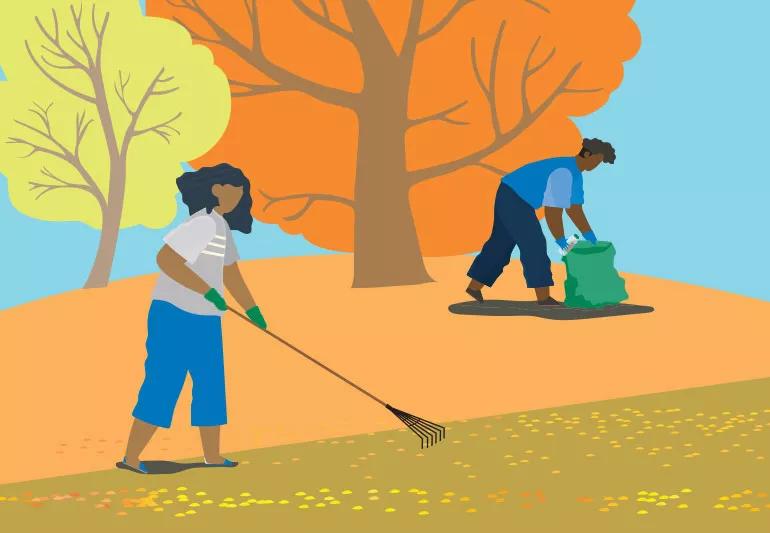
Those glorious crimson-hued sugar maples and bronze chestnut oaks. Not to mention the golden yellow aspens and poplars. Yes, Mother Nature’s autumn display is surely a delight to the eyes. But when all of those leaves hit the ground, fall can also leave us with a big pain — literally.
Advertisement
Cleveland Clinic is a non-profit academic medical center. Advertising on our site helps support our mission. We do not endorse non-Cleveland Clinic products or services. Policy
When it comes to minimizing our risk of suffering a leaf-raking injury, chiropractor Andrew Bang, DC, says it’s best to avoid twisting your back.
Raking your yard, no matter how big or small, involves more than just grabbing a rake, a bag and going at it. There’s necessary preparation involved that will avoid injuries and unnecessary discomfort while performing your seasonal chore.
Just make sure you’ve got the correct size rake for you. If the rake is too large or too small, you could wind up pretty sore from exerting more effort.
An important factor for your fall raking session is wearing the proper clothes. Besides dressing appropriately for the weather, the proper clothing can protect you from things like sharp chunks of sticks, thorns, plants that can cause an allergic reaction or anything else that might lurk under those layers of leaves.
Some of the clothes you should consider:
Advertisement
While raking isn’t as strenuous as running or lifting weights, it still engages your muscles, says Dr. Band. Stretching before you rake can help prevent any potential strains or extra soreness. Loosening your arms, shoulders, neck and back are most important as those are the areas that will do the most work during your raking.
Many physical activities require a proper form and technique that prevent injury and raking leaves is no different. From posture to movement, it’s important to maintain the proper form to keep from tweaking muscles. Of course, depending on how many trees you have in your yard, you may be raking so long that feeling sore is inevitable.
There’s also a compressive motion that happens every time we bend over to pick leaves up, and a motion that occurs during the back and forth motions of the rake. Dr. Bang says any of these motions can result in different types of back injury, especially to the lower back. The lowest part of our back is the most vulnerable part of the spine because it gets the most amount of pressure as we bend forward, twist or move side to side.
To correctly pick up leaves:
Doctors typically see fewer injuries from fall leaf-raking than winter snow shoveling — mainly because snow is heavier than leaves.
However, Dr. Bang points out that a yard is typically larger than a driveway. It’s not so much the weight, but the time spent cleaning up that increases fatigue and puts people at risk for injury.
The solution? He recommends splitting the job up over a couple of days.
“If they rake one day, and then literally cover it with a tarp and go back and do all the bending and lifting the next day, this can reduce their chance for injury, especially if they have a history of low back pain,” Dr. Bang says.
Advertisement
Dr. Bang says 40 percent of adults will experience some sort of back pain in their lifetime — and it usually happens more than once. Over time, a recurrent injury can cause post-traumatic arthritis, which can result in problems for life.
It’s better to avoid the pain rather than to try and treat it once it’s there, he counsels.
“There’s a couple of things to remember,” Dr. Bang says. “Number one: Rake with your arms — not with your back. Number two: Lift with your legs, not with your back. Number three: Use tools to help, like long rakes and leaf-blowers. And number four: Make piles one day, pick up the piles of leaves the next day to give yourself a rest and not overdo it.”
Advertisement
Learn more about our editorial process.
Advertisement
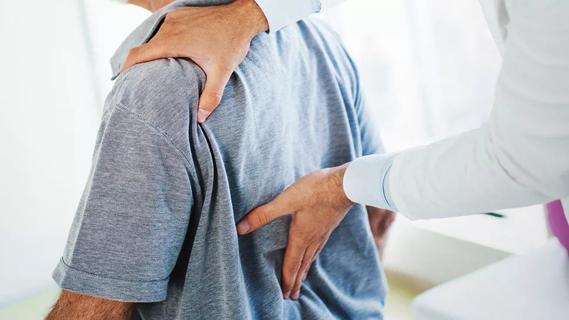
It’s always a good idea to let a healthcare provider know about any back pain you’re experiencing, especially if it results from trauma or persists longer than three months
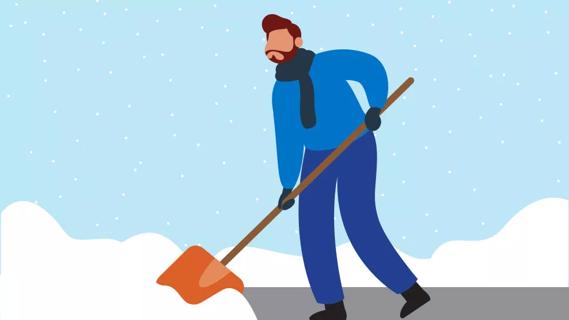
Stretch before heading outside, keep proper form and avoid jerking or twisting to throw snow

From physical and biofeedback therapy to nerve ablations and blocks, there are many nonsurgical options for managing back pain
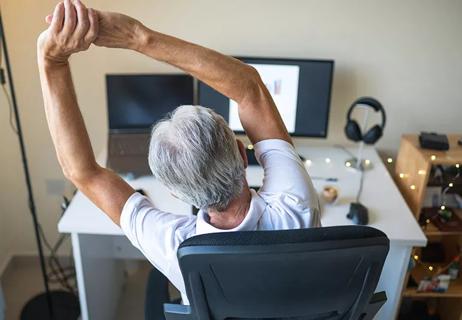
The short answer from a pain specialist
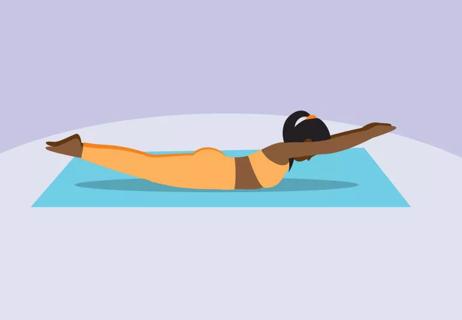
A good stretch you don't have to be a superhero to master

5 noninvasive options for relief

Artificial intelligence systems can analyze data in milliseconds to aid decision-making

Type 2 diabetes isn’t inevitable with these dietary changes

Applying a hot or cold compress can help with pain